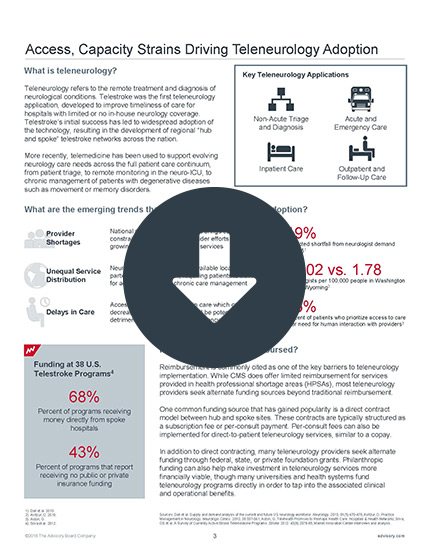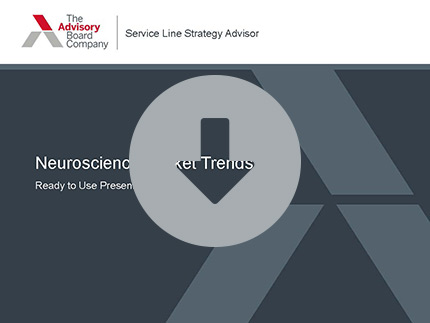Auto logout in seconds.
Continue LogoutWhen surgeons removed a tumor from the brain of jazz bassist Musa Manzini, they insisted he stay awake and play a song on his acoustic guitar during the procedure, Kimon de Greef writes for the New York Times.
A recurring tumor threatens a musician's career
Manzini first learned that he had a brain tumor on his right frontal lobe in 2006. At the time, he underwent two surgeries under general anesthetic to treat it.
But in 2018, he noticed that his left hand felt "numb and clumsy," especially when he played guitar.
His cancer had returned—and to make matters worse, any operation to remove the tumor risked damaging the critical areas of Manzini's right frontal lobe that enable him to play music.
How an 'awake craniotomy' works
To minimize the risks of operating on delicate areas of Manzini's brain, his doctors opted for an approach known as an "awake craniotomy," in which patients remain conscious even as surgeons excise tissue from their brains.
Basil Enicker, a neurosurgeon at Inkosi Albert Luthuli Central Hospital, who led Manzini's operation, explained that when a patient is asleep, "It can be very difficult to tell the difference between the tumor and normal brain tissue." By contrast, if Manzini stayed awake and playing the guitar during his procedure, the quality of his performance could warn doctors that they were about to operate on or disrupt a critical area.
"Once you're near a critical area, you can pick it up early, because he will tell you," according to Enicker.
Rohen Harrichandparsad, one of the surgeons who operated on Manzini, said, "We wanted to make sure we took as much of the tumor as we safely could, but preserve his dexterity." He added, "We had to ensure that whatever pathways he was using for music were preserved."
Still, awake craniotomy presents serious risks, especially if patients cough or cannot stay still during surgery.
Manzini isn't the first musician to undergo the procedure, de Greef reports. A professional singer underwent one in 2014, as did a professional saxophonist in 2015. And a teenager undergoing epilepsy treatment was asked to sing during surgery.
Manzini's surgery
To perform the awake craniotomy, surgeons first put Manzini under anesthetic and then awoke him when his brain was exposed. Since the brain has no pain receptors, doctors only had to numb nerves in the muscles, membranes, and skin that surrounded the brain. "Once we're in the brain, there's no pain," Enicker said.
Next, the surgeons performed cortical mapping by stimulating different parts of Manzini's cortex to determine which areas of his brain affected which bodily functions.
"[My] hand would sort of move automatically by itself," Manzini said in describing the mapping. "It's very funny and strange," he said.
Then, the doctors asked Manzini to play his guitar:
Manzini recalled a "loud sucking sound" during the operation, which was most likely the sound of surgeons using a machine to remove blood from his brain as they operated. Still, he said he felt "no pain at all."
"It's like you're in between being dead and being alive," he added.
The surgeons were able to safely remove 90% of the tumor before ending the operation, and Manzini was discharged just a few days later.
Now, he has no problems playing the bass guitar. "I've been given a new opportunity," he said (de Greef, New York Times, 12/21/18).
Get our ready-to-use slides on the latest neurosciences market trends
Download the slides to learn everything you'll need to know about the neuroscience market in 2018, from growth outlook and financial considerations to new care management priorities and technology innovations.
Don't miss out on the latest Advisory Board insights
Create your free account to access 1 resource, including the latest research and webinars.
Want access without creating an account?
You have 1 free members-only resource remaining this month.
1 free members-only resources remaining
1 free members-only resources remaining
You've reached your limit of free insights
Become a member to access all of Advisory Board's resources, events, and experts
Never miss out on the latest innovative health care content tailored to you.
Benefits include:
You've reached your limit of free insights
Become a member to access all of Advisory Board's resources, events, and experts
Never miss out on the latest innovative health care content tailored to you.
Benefits include:
This content is available through your Curated Research partnership with Advisory Board. Click on ‘view this resource’ to read the full piece
Email ask@advisory.com to learn more
Click on ‘Become a Member’ to learn about the benefits of a Full-Access partnership with Advisory Board
Never miss out on the latest innovative health care content tailored to you.
Benefits Include:
This is for members only. Learn more.
Click on ‘Become a Member’ to learn about the benefits of a Full-Access partnership with Advisory Board
Never miss out on the latest innovative health care content tailored to you.


